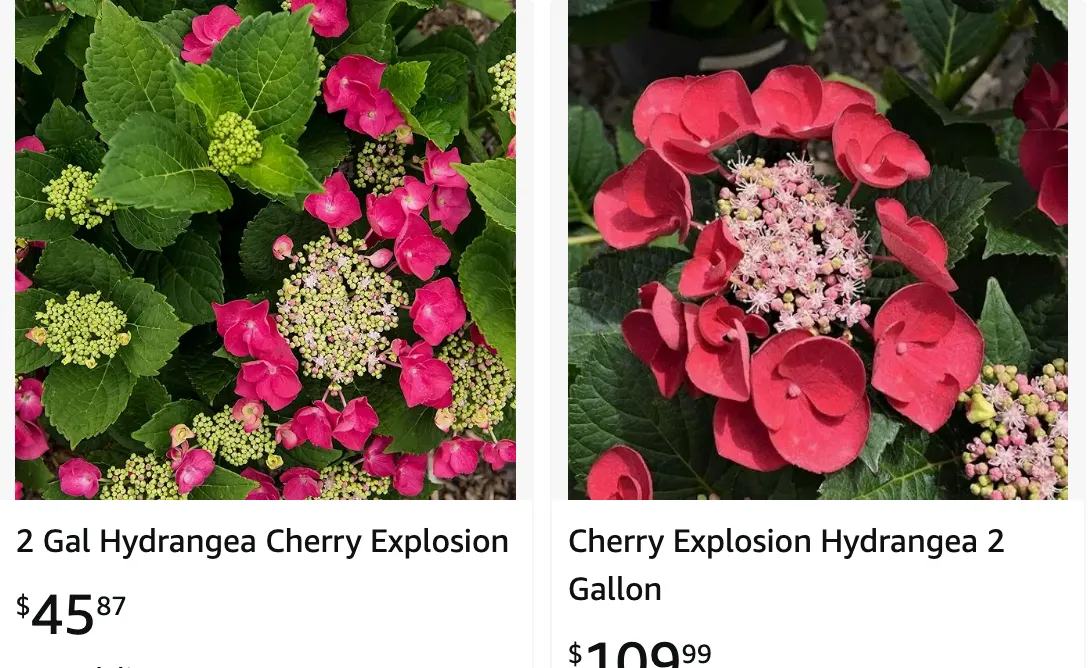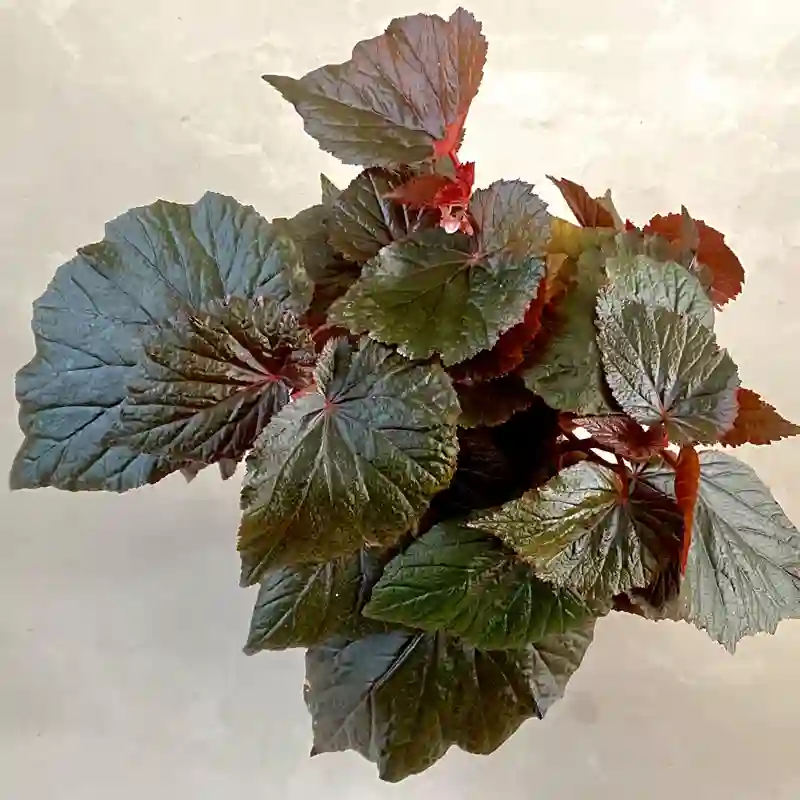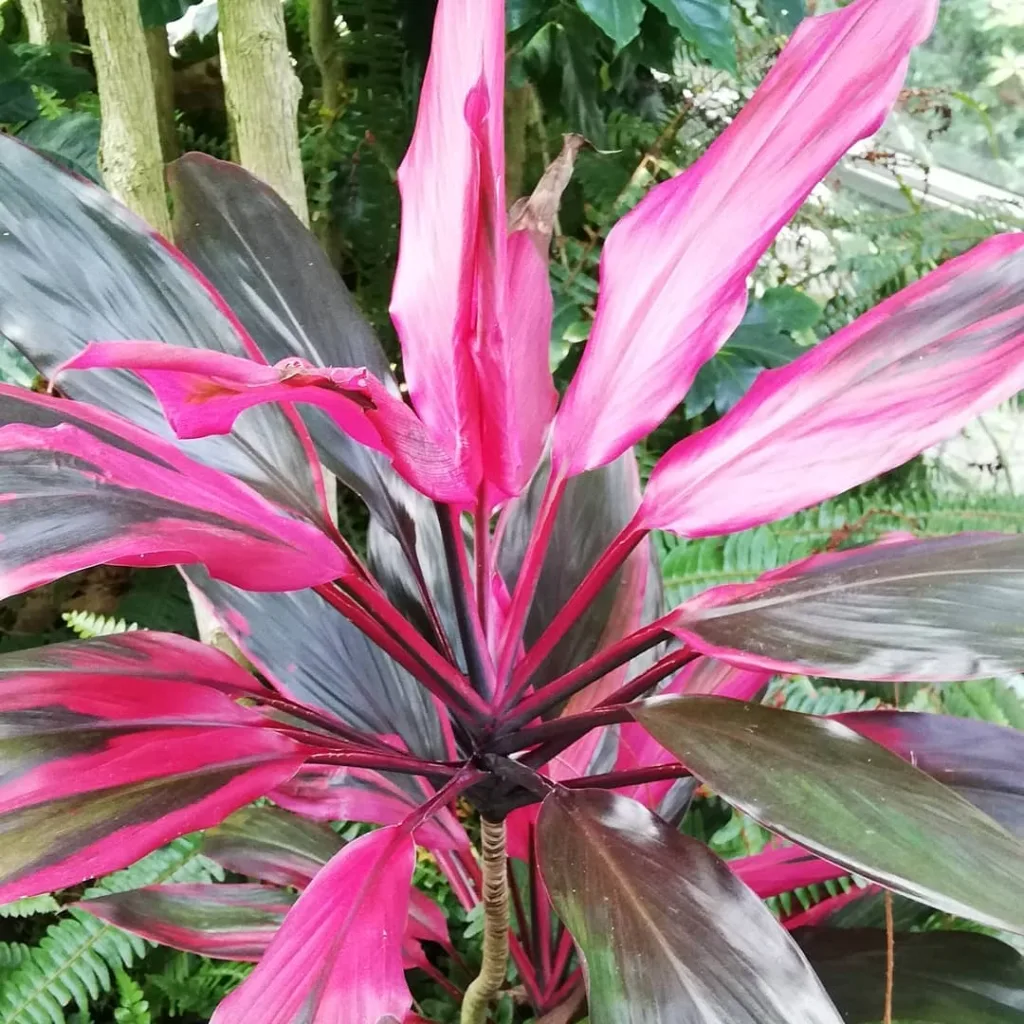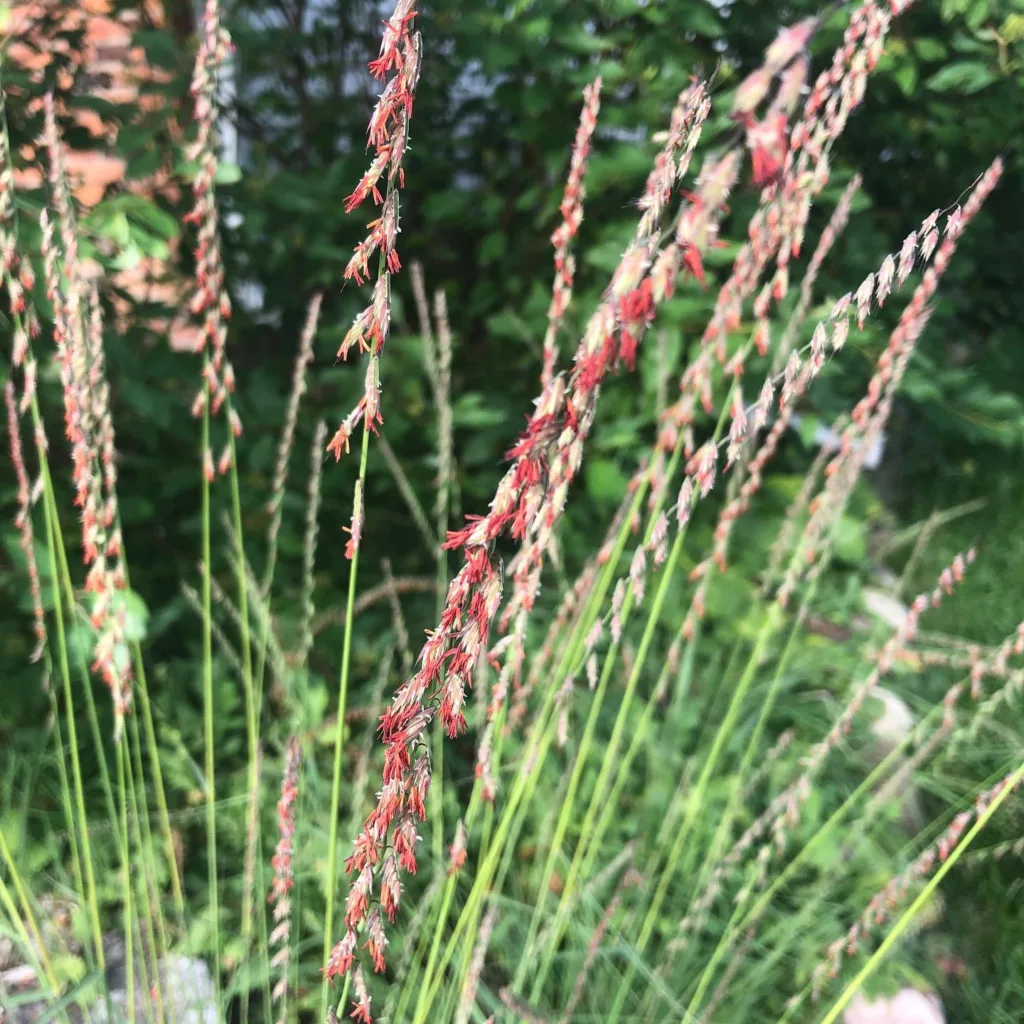
Cherry Explosion Hydrangea: A Burst of Color for Your Garden
As a gardener, I’m always on the lookout for new and exciting plants to add to my landscape. A few years ago, I stumbled upon the Cherry Explosion Hydrangea, and let me tell you, it was love at first sight. This wasn’t your average hydrangea with its muted tones. The Cherry Explosion lived up to its name, boasting blooms that resembled a fireworks display in shades of cherry red and light pink.
Since then, this captivating hydrangea has become a star in my garden, and I’ve learned a lot about its care and characteristics. Here, I’ll share my experience with this magnificent plant, hoping to inspire you to add a touch of explosive color to your own outdoor space.
100 Species in Genus Hydrangea
Does Cherry Explosion Hydrangea Tolerate Sunlight?
One of the first things I considered when planting my Cherry Explosion was sunlight. Hydrangeas, in general, have a reputation for preferring shade. While the Cherry Explosion can tolerate some shade, it actually thrives in partial sun. Aim for around four hours of morning sun, with protection from the harsh afternoon heat. This balance between sun and shade allows the blooms to develop their vibrant colors without scorching.
How to Care for Cherry Explosion Hydrangea?
Beyond sunlight, caring for a Cherry Explosion Hydrangea is fairly straightforward. Here’s what I’ve found works best:
- Watering: This hydrangea enjoys consistently moist soil, but avoid soggy conditions. Water deeply and regularly, especially during hot and dry periods.
- Soil: Well-drained, slightly acidic soil is ideal. If your soil is naturally alkaline, you can amend it with organic matter like peat moss or coffee grounds to lower the pH level and encourage those beautiful red blooms.
- Mulching: Apply a layer of mulch around the base of the plant to retain moisture, regulate soil temperature, and suppress weeds.
- Fertilizer: A balanced fertilizer applied in early spring can give your Cherry Explosion a little boost. However, avoid over-fertilizing, which can encourage excessive foliage growth at the expense of blooms.
Is Cherry Explosion Hydrangea Patented?
Yes, the Cherry Explosion Hydrangea is a patented variety (USPP28,757) developed by McKay Nursery. This means that propagation and unauthorized distribution of this specific cultivar are restricted. Luckily, many reputable nurseries and garden centers carry the Cherry Explosion, so you shouldn’t have trouble finding one to add to your collection.
Where to Buy Cherry Explosion Hydrangea?
As I mentioned, finding a Cherry Explosion Hydrangea shouldn’t be too difficult. Check your local nurseries and garden centers. You can also find them online from reputable plant retailers. When selecting a plant, choose one that is healthy and has vibrant green foliage. Look for flower buds that are just starting to develop for a burst of color throughout the season.
How to Prune Cherry Explosion Hydrangea?
Pruning your Cherry Explosion Hydrangea is essential for maintaining its shape and encouraging blooms. The best time to prune is in late winter or early spring before new growth emerges. Here’s a basic guide:
- Remove any dead, diseased, or damaged branches.
- For bushier growth, you can lightly prune the topmost branches.
- For larger blooms, consider removing some of the older stems to encourage new growth.
Important Note: Cherry Explosion Hydrangeas can bloom on both old and new wood. This means that you have some flexibility with pruning without sacrificing flowers.
Does Cherry Explosion Hydrangea Turn Purple?
The vibrant red color of the Cherry Explosion Hydrangea is one of its most captivating features. However, the blooms can actually change color depending on the soil pH. In acidic soil (pH below 6.0), the blooms may take on a lavender hue. This isn’t necessarily a bad thing, but if you prefer the fiery red color, you can adjust your soil pH by adding lime.
What to Plant with Cherry Explosion Hydrangea?
The Cherry Explosion Hydrangea pairs beautifully with a variety of plants. Here are a few ideas:
- Hostas: Their shade-loving nature makes them perfect companions for the Cherry Explosion, and their broad leaves provide a cool contrast to the vibrant blooms.
- Astilbes: These shade-loving perennials offer plumes of delicate flowers in various colors, adding another layer of texture and interest to the bed.
- Ferns: Their feathery foliage creates a sense of airiness and complements the bold colors of the hydrangea.
- Heuchera (Coral Bells): These colorful perennials come in a variety of foliage shades, adding a pop of color and texture at the base of the hydrangea.
With its stunning blooms and relatively easy care, the Cherry Explosion Hydrangea is a surefire way to add a surefire way to add a touch of drama and excitement to your garden. Beyond its visual appeal, this hydrangea is also a pollinator magnet, attracting butterflies, bees, and hummingbirds with its vibrant colors and sweet nectar. The long-lasting blooms typically start in early summer and continue to dazzle well into fall, even putting on a show with their burgundy-hued foliage as the cooler weather arrives. So, if you’re looking for a low-maintenance shrub that packs a punch, the Cherry Explosion Hydrangea is definitely worth considering.
If i die, water my plants!



